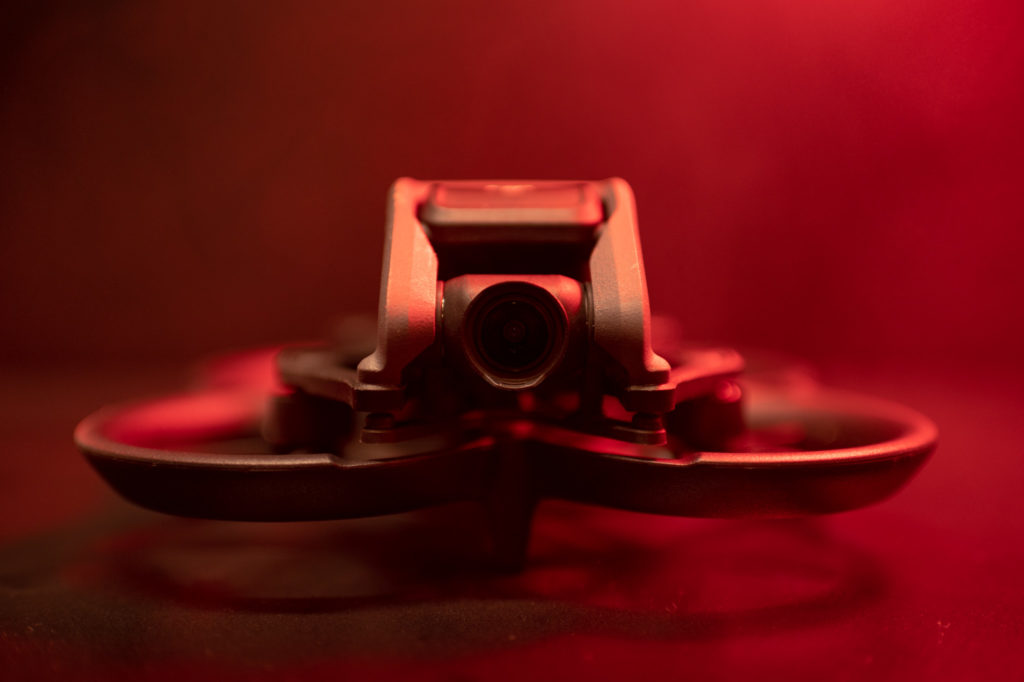There is something amazing about putting on a pair of DJI Goggles 2, firing up the propellers on the DJI AVATA, and taking to the air. It is the closest feeling to flying like a bird that humans can experience. So thrilling was the experience I had to share with my wife, friends, co-workers, and sometimes even subjects on documentary shoots. Everyone who was brave enough to fly a drone with goggles without any experience came back loving the DJI AVATA. It is that cool.
DJI markets the AVATA with the “Dare to fly” messaging, which is spot on. The DJI AVATA gives first-time FPV pilots’ a huge confidence boost after a few minutes in the saddle. I am new to First Person View, or FPV, drone flight, and I was mesmerized by how easy the DJI AVATA made for flying complex moves that would be difficult on any other drone. Within minutes of my first flight, I was flying super low to the ground, through tall grass and small openings between tree branches. 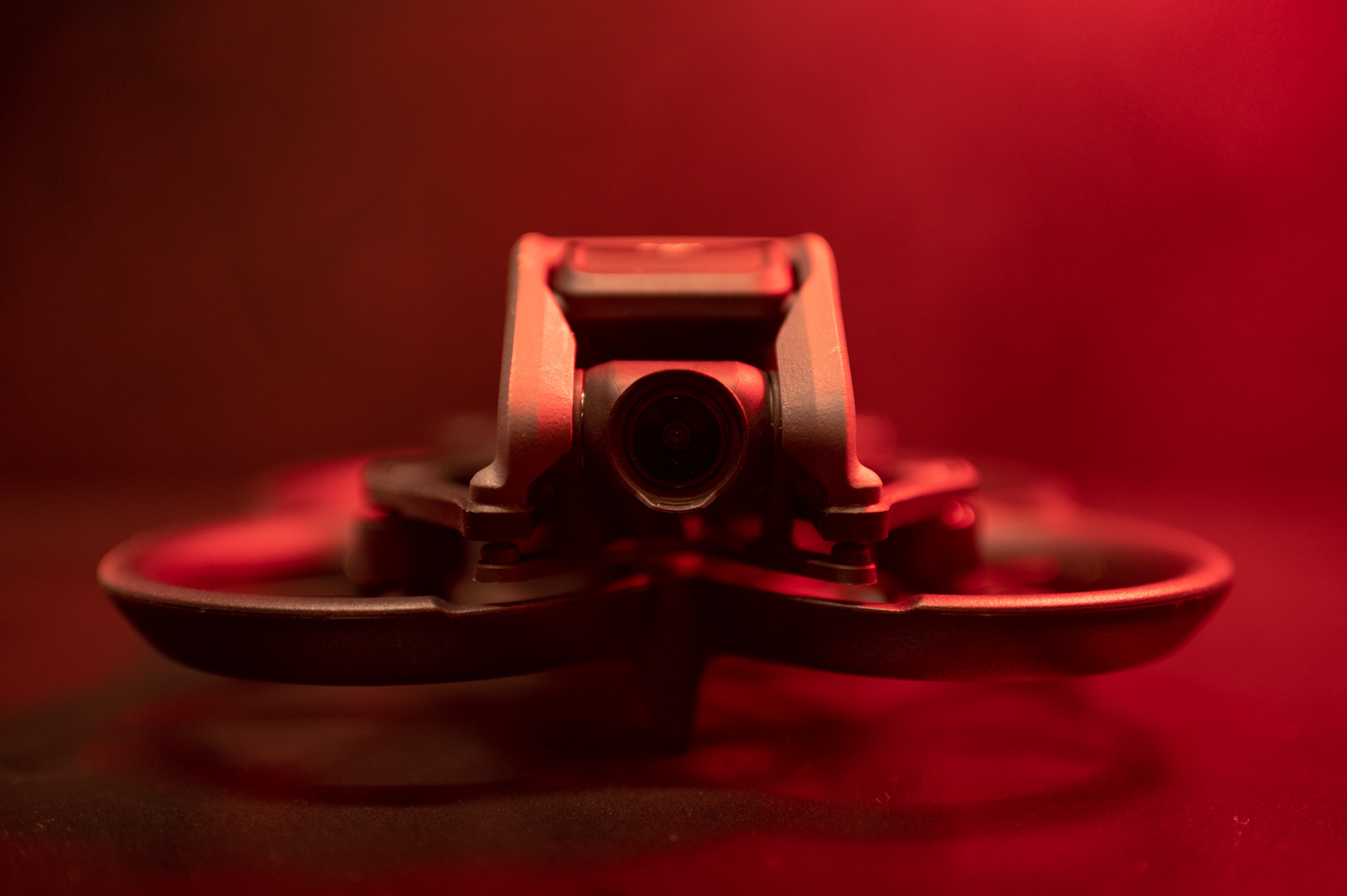
DJI Goggles 2
DJI’s Goggles 2 are small, comfortable to wear, and have more than enough diopter optical adjustments and left-to-right LCD screen-to-eye placement. The result is a single crisp image the brain can lock onto as the “eye” of your drone. You experience flight as the drone experiences it, and it is awe-inspiring. The battery life for the DJI Goggles 2 was remarkably better than the batteries for the DJI AVATA, and I could last several flights with one charged DJI Goggles 2 battery.
The Menu swipe on the DJI Goggles 2 is good once you get used to it. Honestly, it took me a couple of flights before I even noticed a menu on the goggles because the sensation of flying was just too good to fly without thinking. The swipe aspect worked most of the time, with an added swipe needed to get the menu to change a setting. 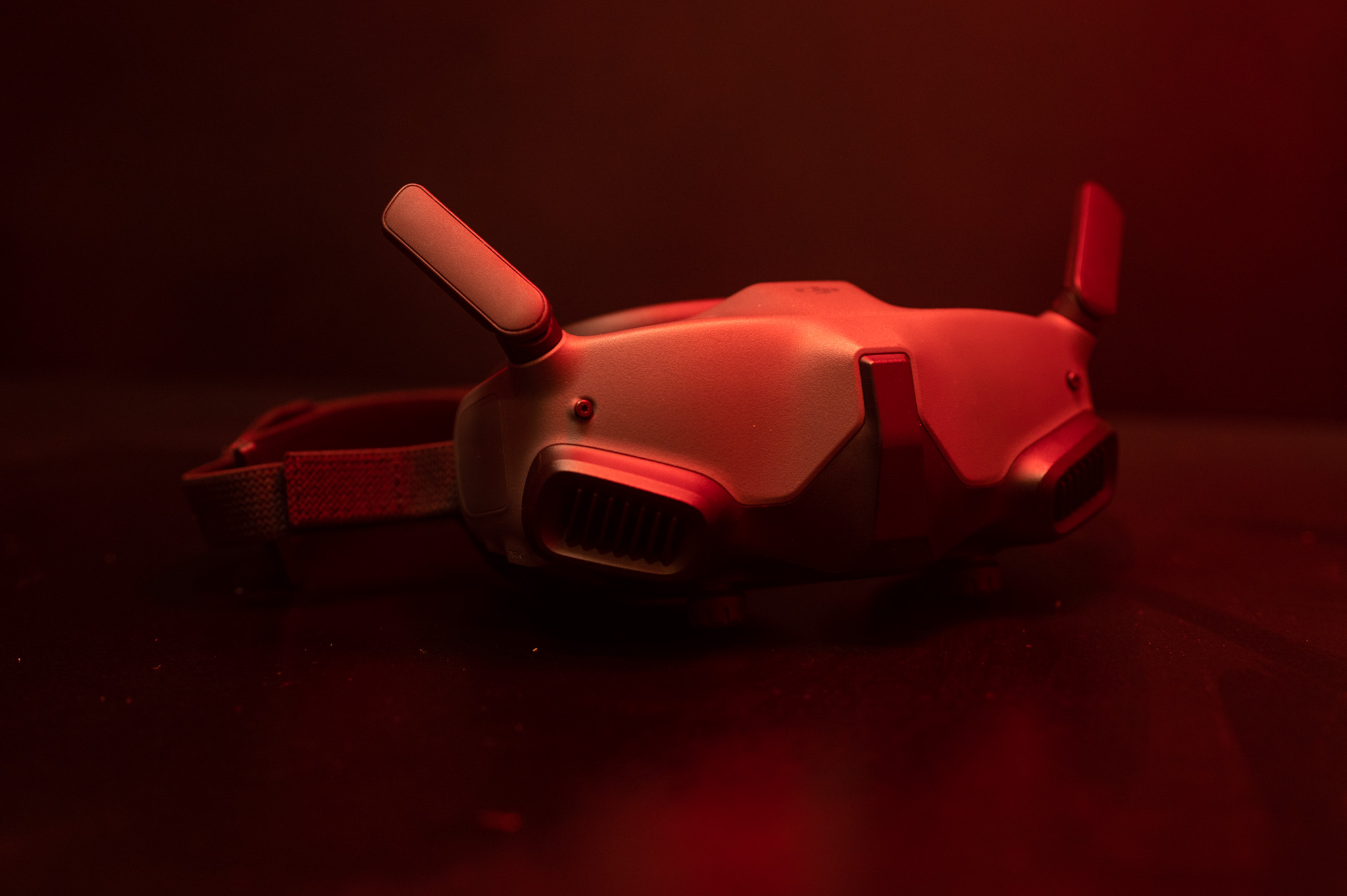
DJI Motion Controller
One hand, one controller, and all the flight functions needed. DJI made the Motion Controller so good you forget you are using a controller while flying the DJI AVATA. Subtle movements are near instantly seen on screen as the DJI AVATA adjusts as you swivel your hand. I imagine if I were to test the DJI AVATA with a standard two-handed controller, the experience might not be as rewarding because of the mental aspect of using two hands. We, as humans, have handedness, and I am left-handed, and flying with my single dominant hand helped me get out of my head and into flying.
The two best features found on the DJI Motion Controller are the trigger for acceleration and the pause flight button. Like a gas pedal on a race car, the trigger must be firmly pressed to the max at all times for the fastest flight because why not? And the Pause flight button is there to stop you on a dime.
I think the combination of an intuitive flight controller, immersive visuals from the goggles, and what feels like a hot rod of a drone equals one truly special experience. The DJI AVATA made me a better pilot too. I’m bolder, which can be a good thing and a bad thing for drone pilots. 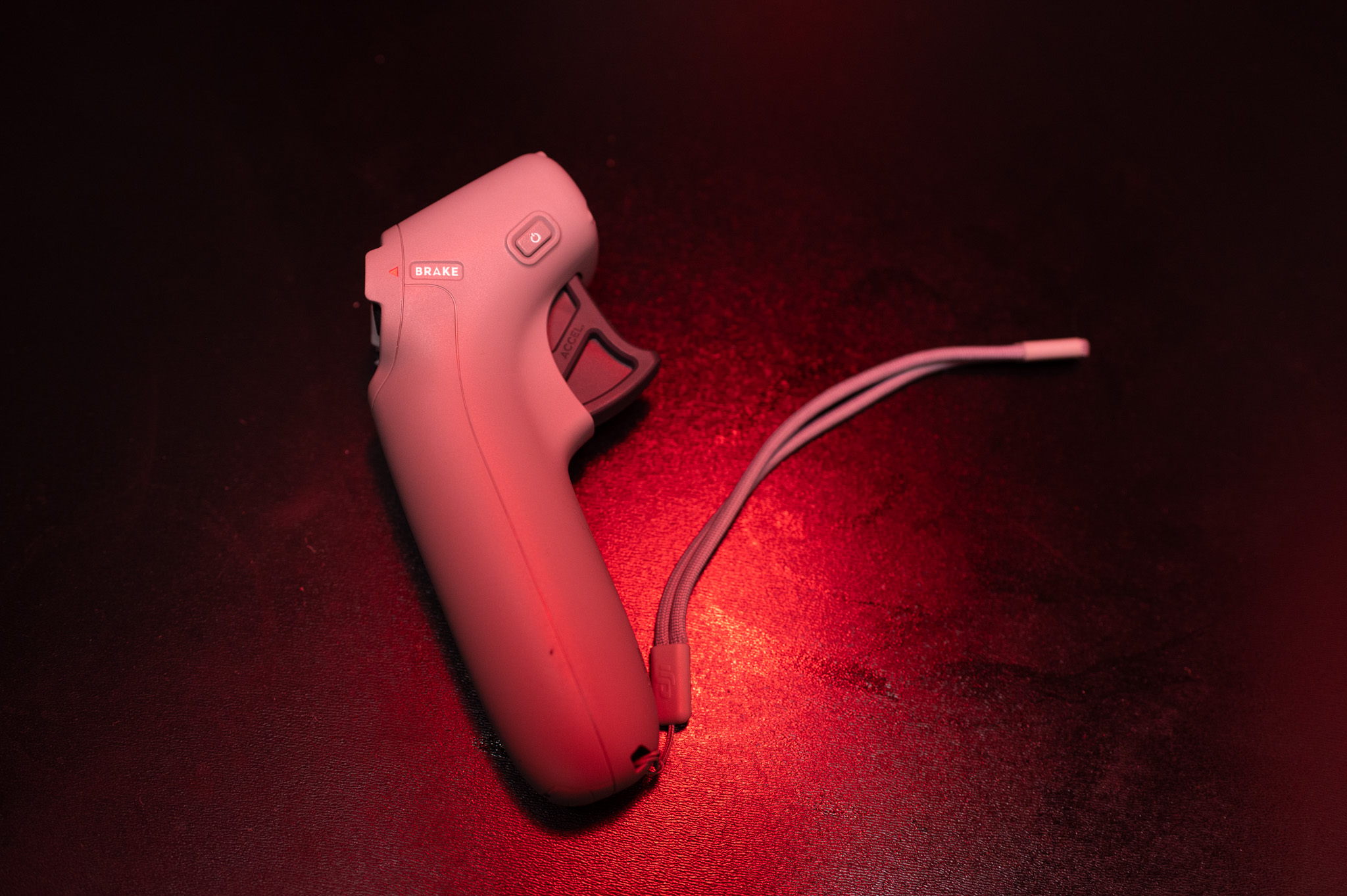
The Home Feature
The “H” circle is a genius touch by the DJI engineers. That little “home” indicator keeps you, the pilot, oriented in space, so you do not get lost mid-flight. When you spin and dive and race across a field, you quickly lose all sense of direction and having a little reminder of where you took off just does so much for the pilot.
That “H” circle is also where the DJI AVATA will automatically land when the battery is drained to a certain point. When I reached this point, the drone gained altitude, made its way to “home,” and landed without incident. Letting a drone fly automatically is not something I love to do, gives me a little anxiety, but the DJI AVATA did fine in my situation. Not sure I’ll let it land automatically every time, either. 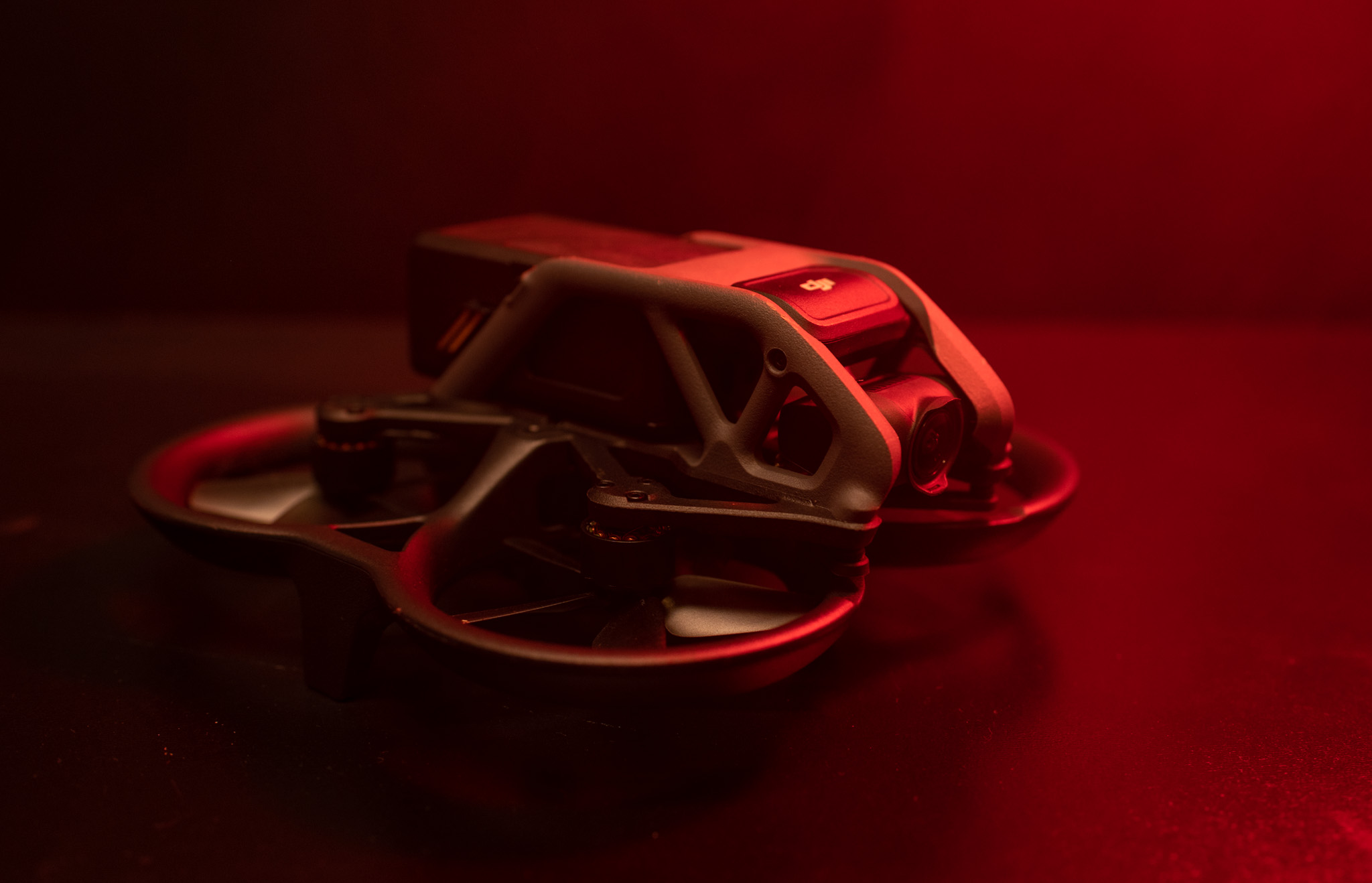
4K Stabilized Video
The 155° super wide field of view is twice that of the DJI Mavic 2 Pro, which I use regularly and is perfectly fine for me. The 155° is just fun and gives the sense of flying super fast when the drone is low or through the smallest openings. Seriously, you will fly the DJI AVATA through a hole or under a super-low obstacle within minutes of your first flight. Overall, the image out of the DJI AVATA is good but does not have the range of a higher-end drone or a DJI drone with that Hasselblad image. I could also do with more dynamic range. I could always do with more dynamic range, am I right?
Yet, the DJI AVATA is small, and the DJI Motion Controller is sensitive, meaning you may add a little bounce or roll in your flight. Thankfully, the DJI AVATA has two ways to stabilize your 4L 60fps footage: HorizonSteady and Rock Steady 2.0. I found I used Rock Steady 2.0 more often than HorizonSteady. Both Electronic Image Stabilizers crop into the 4K image to do their work. The key to HorizonSteady is to have a horizon in the frame. I’m not trying to be funny or anything; I just found I flew the DJI AVATA up, down, and all around with so little regard for the horizon that I found the HorizonSteady function better for specific shots. Rock Steady 2.0 took out all my wiggles and flinches and helped create a smoother look in my video. 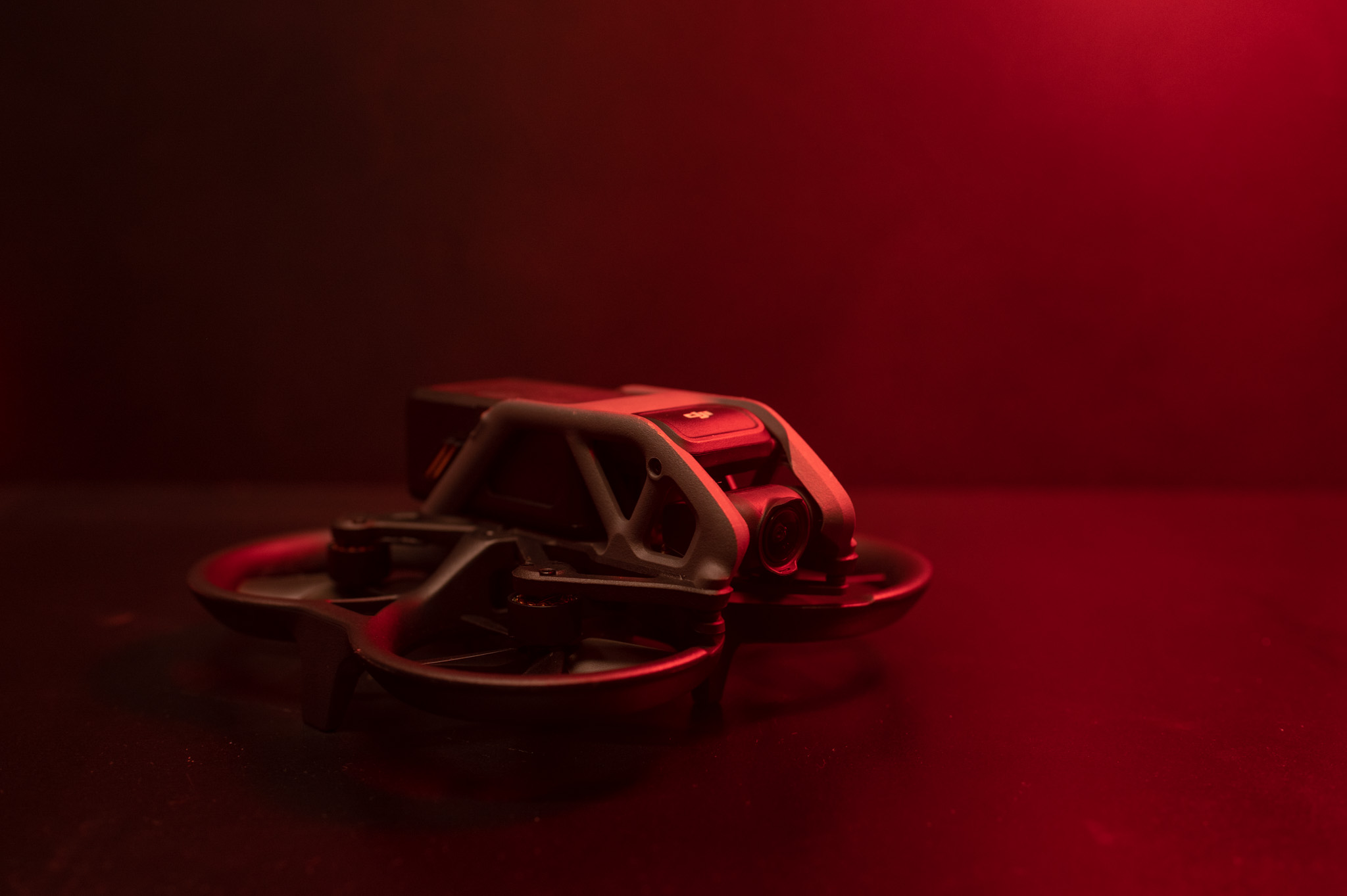
Built-In Propeller Guard
FPV pilots crash, and they can crash a lot. There is an old helicopter pilot saying, “there are bold pilots, and there are old pilots, but there are not any old bold pilots.” Yes, the DJI AVATA will make you a bold pilot, and you will hit something with this drone, and that is alright. You can hit just about anything, and the DJI AVATA will either bounce off and keep flying or crash to the ground. The built-in propeller guards keep everyone safe from nasty propeller cuts and help the drone fly for another day. DJI wants to be a bold FPV pilot, and they want your drone to survive the inevitable crash.
D-Cinelike
The DJI AVATA can be set to shoot DJI’s D-Cinelike color profile, giving you a little more control over the image during color grading in post. Is D-Cinelike giving you so much control allowing you to manipulate the image in DaVinci Resolve like it was shot with an Arri ALEXA 35, goodness no and not very close, but the D-Cinelike, “like” is the word doing a lot of work in that naming, does offer a little bit of flexibility in the mid-tones to shadows. Any pixel in the blacks or whites probably should be left alone in Resolve if it was shot with the DJI AVATA.
Battery Life
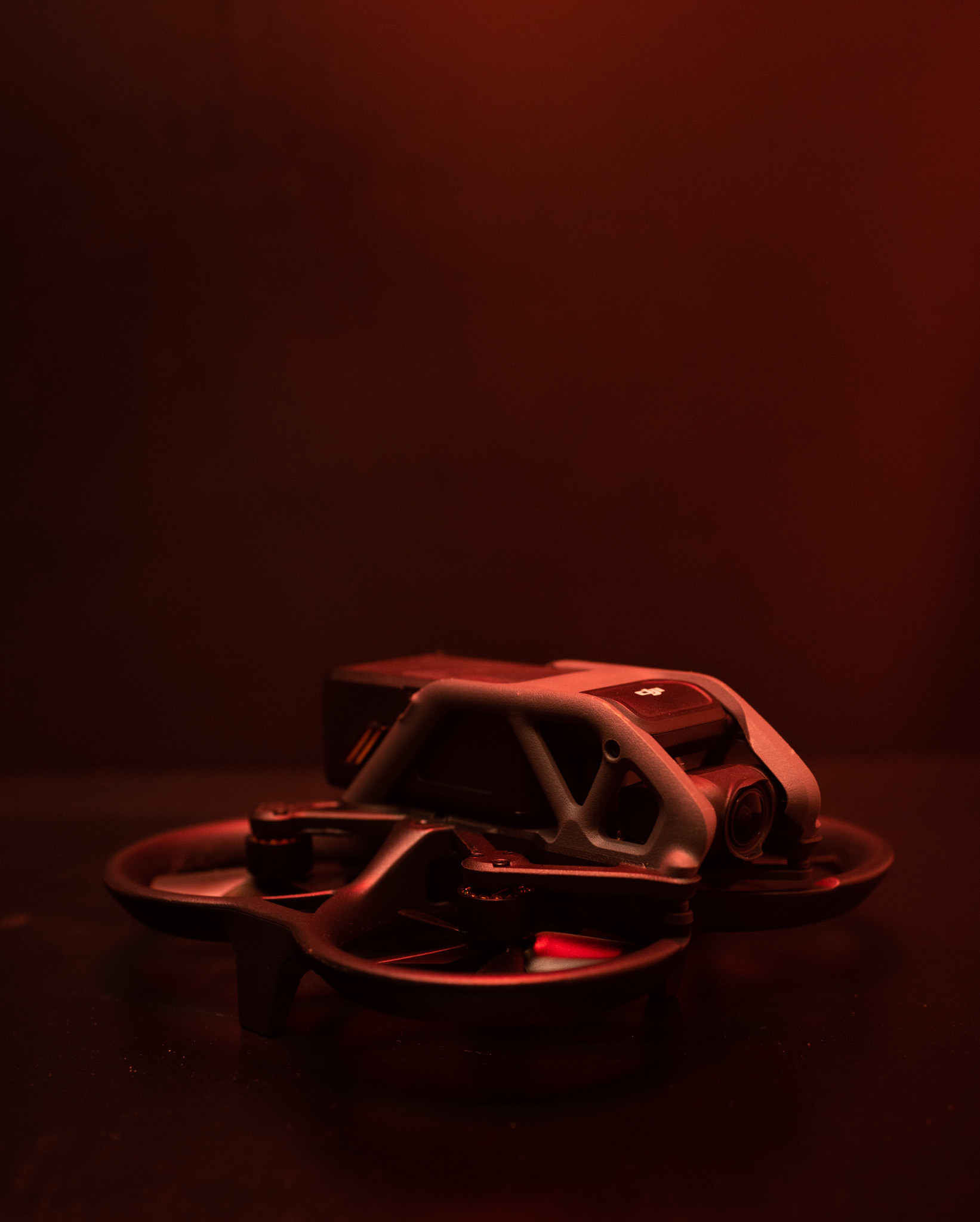 The battery life was pretty impressive for the DJI Goggles 2 and the DJI Motion Controller, with each device’s battery lasting multiple days of filming and flying the DJI AVATA. How long the batteries lasted on the DJI AVATA is a different story. DJI claims the batteries will last 45 minutes of flight time, and I have no idea where they came up with that number. I’m guessing DJI flew the DJI AVATA slowly and conservatively, whereas I could not imagine flying the DJI AVATA conservatively at all. I raced that drone all over the area, and it showed in the battery life. I got maybe max 30 minutes on a battery which is still pretty good for a drone.
The battery life was pretty impressive for the DJI Goggles 2 and the DJI Motion Controller, with each device’s battery lasting multiple days of filming and flying the DJI AVATA. How long the batteries lasted on the DJI AVATA is a different story. DJI claims the batteries will last 45 minutes of flight time, and I have no idea where they came up with that number. I’m guessing DJI flew the DJI AVATA slowly and conservatively, whereas I could not imagine flying the DJI AVATA conservatively at all. I raced that drone all over the area, and it showed in the battery life. I got maybe max 30 minutes on a battery which is still pretty good for a drone.
I come to review the DJI AVATA as a camera operator, director, and documentarian and not as an FPV enthusiast. I love cameras, my negatives to be as thick as my coffee, and gear that helps me do my job better and faster. The DJI offers up some opportunities I could not execute with a regular drone, and DJI offers up a choice selection of professionally executed examples of hard-to-pull-off cinematography that is likely easier to master with the DJI AVATA. I find the chase shots to be the most useful, and the more I played with the DJI AVATA, the more dynamic my shots became.
While I love the DJI Motion Controller, for better cinematography, you might want to use the two-stick controller. Then you can similarly fly the drone as any other drone. For me, the need to fly left or right or truck left, or right of an object or building is paramount. With the DJI Motion Controller, you can’t fly more than forward or reverse with standard turning or pivoting of the aircraft.
The DJI AVATA is amazing. So amazing, in fact, I essentially let anyone curious enough to fly the drone, even if there were not experienced in flying a drone at all. The low fast shots, going through small openings in obstacles, and racing down mountains and buildings are all sensational, and this drone can do a lot, but it is just a tool in the bag and for someone like me, a tool I only use now and again. The DJI AVATA as a piece of immersive fun flight, though, is 100% something I’d fly over and over again. Every person who took my suggestion to try the DJI AVATA came away from experience loving that little drone and loving what it felt like to fly like a bird.
DJI AVATA Features
- Immersive Flight Experience
- Intuitive Motion Control
- 4K/60fps 155° Super-Wide FOV Videos
- Powerful Video Stabilization
- Weighs About 410 g, is Lightweight and Portable
- Enhanced Safety with Built-in Propeller Guard
- 1080p/100fps video transmission quality: the lowest latency of 30ms
- Two 1080p Micro-OLED screens

Filmtools
Filmmakers go-to destination for pre-production, production & post production equipment!
Shop Now